I spent weeks with the Google Pixel 9a and the Pixel 9 — you should buy this one
The Google Pixel 9a is for the right kind of person, but the Pixel 9 is for everyone.
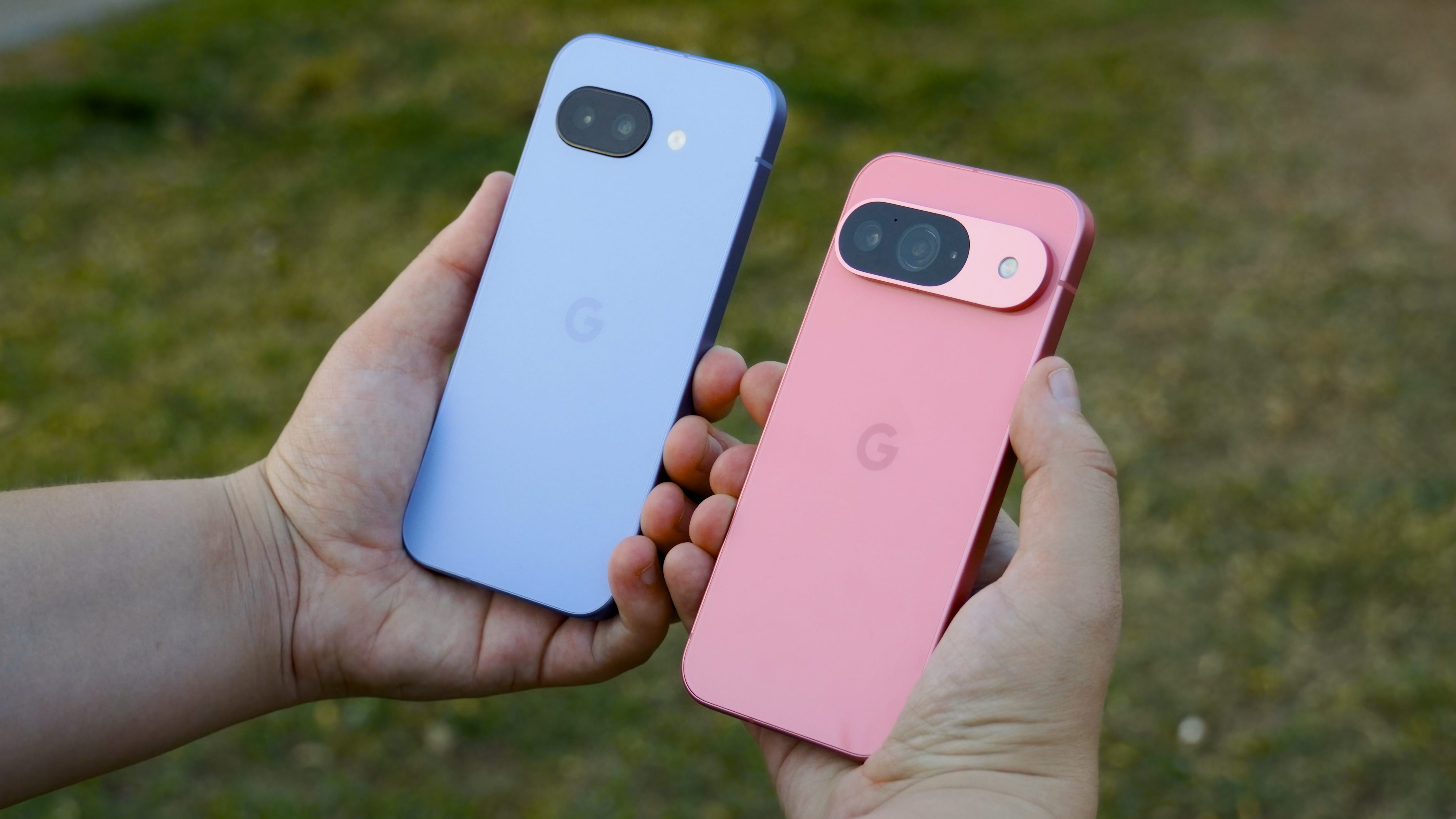
Google's A-series lineup of Pixel phones tends to be controversial. It's a mid-cycle release, which typically comes after the base-model Pixel is heavily discounted, leaving a ton of feature overlap. This year's Google Pixel 9a is more of the same but with a twist. To find out whether the money spent on the midrange Pixel 9a is better than the flagship Pixel 9, I tested both side-by-side for almost two weeks.
For the first time in recent memory, the Pixel 9a has a completely different design than the base Pixel 9 — kind of. The general oval-shaped camera cutout is still present on the Pixel 9a, but the iconic Pixel 9 camera bar is gone. With this change, the Pixel 9a's back is almost completely flat, but not all the way.
Starting with the good, it's nice that the Pixel 9a doesn't rock when it's on a flat surface. Despite being thicker than the Pixel 9, it doesn't feel gargantuan in the hand. The device measures just 154.7mm x 73.3mm x 8.9mm, which is only 0.4mm thicker than the standard Pixel 9. That extra space adds 400mAh of battery capacity, which sounds like a worthy tradeoff.
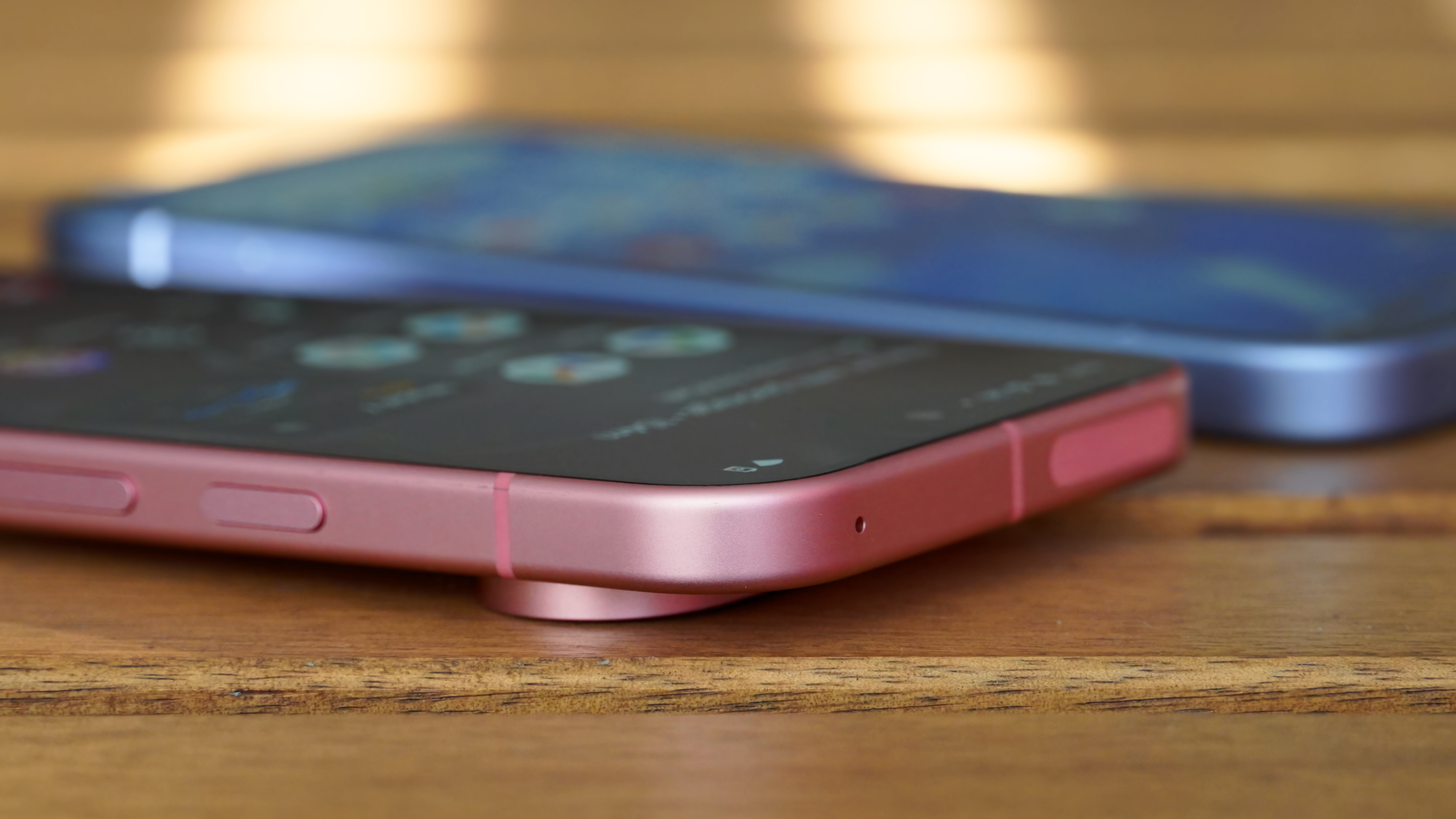
It's also nice that the nearly-flush camera lenses will help the back become completely flat when paired with even the thinnest cases. I have found that the exposed glass covering, without a camera bar to protect it, makes the Pixel 9a camera housing more susceptible to scratching or collecting dust.
In terms of materials, the Pixel 9a's matte plastic back doesn't feel as satisfying as the one on the Pixel 8a, but that could be simply due to the lack of curves. The panel is completely flat, like the Pixel 9, embracing the rectangular design language of 2025 smartphones. Compared to the Pixel 9's glass back, neither phone feels inherently more premium than the other.
With that being said, the Pixel 9a looks bland and dull without the instantly-recognizable Pixel camera bar. I look at the Pixel 9 and know immediately that it's a Google smartphone, and just don't feel that same familiarity with the Pixel 9a.
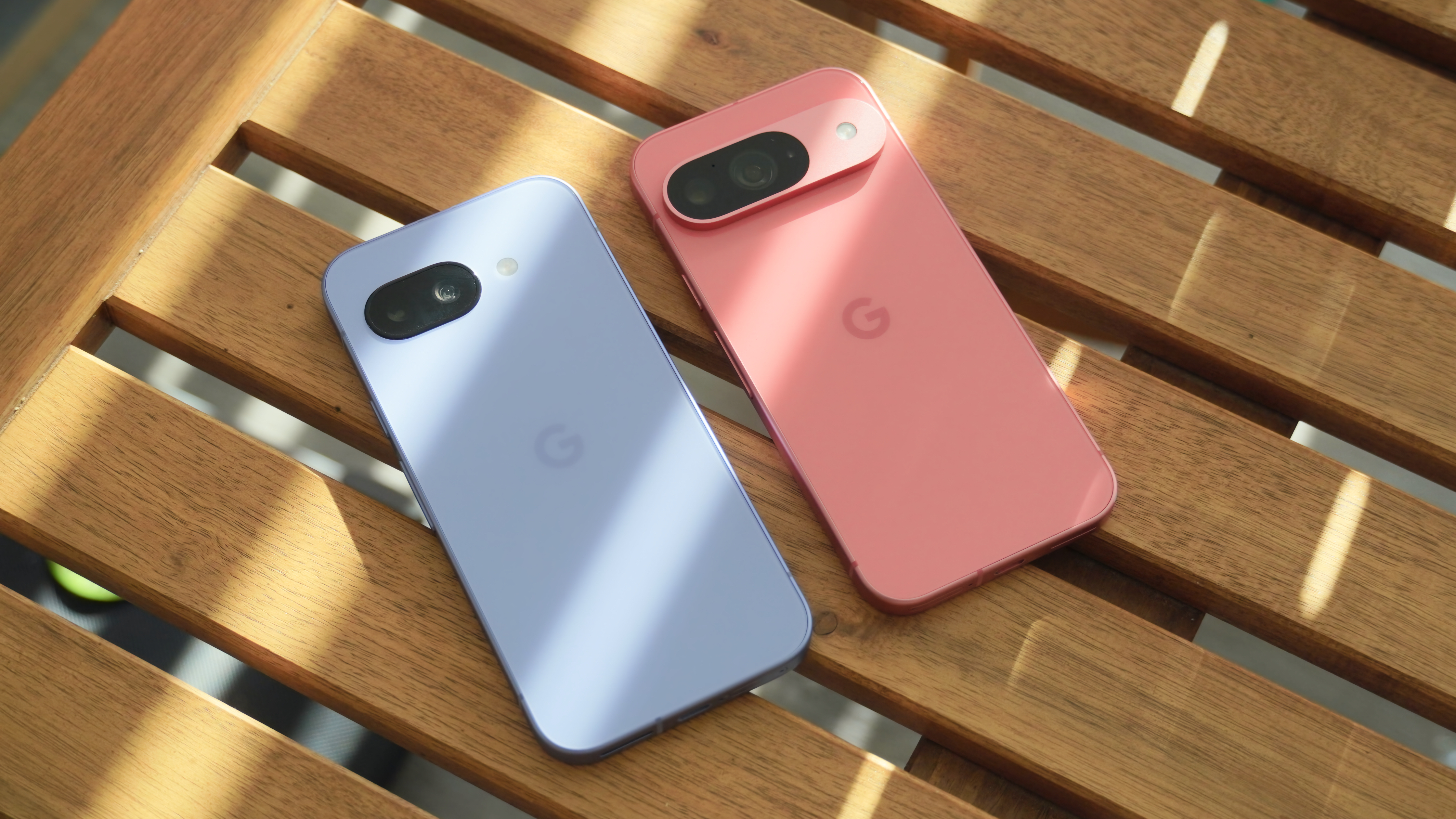
The displays are both excellent-quality 6.3-inch p-OLED panels, with the Pixel 9a having bigger bezels than the standard Pixel 9. You can see the difference when the phones are next to each other, but I never noticed the bezels getting in the way during daily use. Both devices offer up to 2,700 nits of peak brightness, and the same resolution, so this isn't a reason to choose one over the other.
Be an expert in 5 minutes
Get the latest news from Android Central, your trusted companion in the world of Android
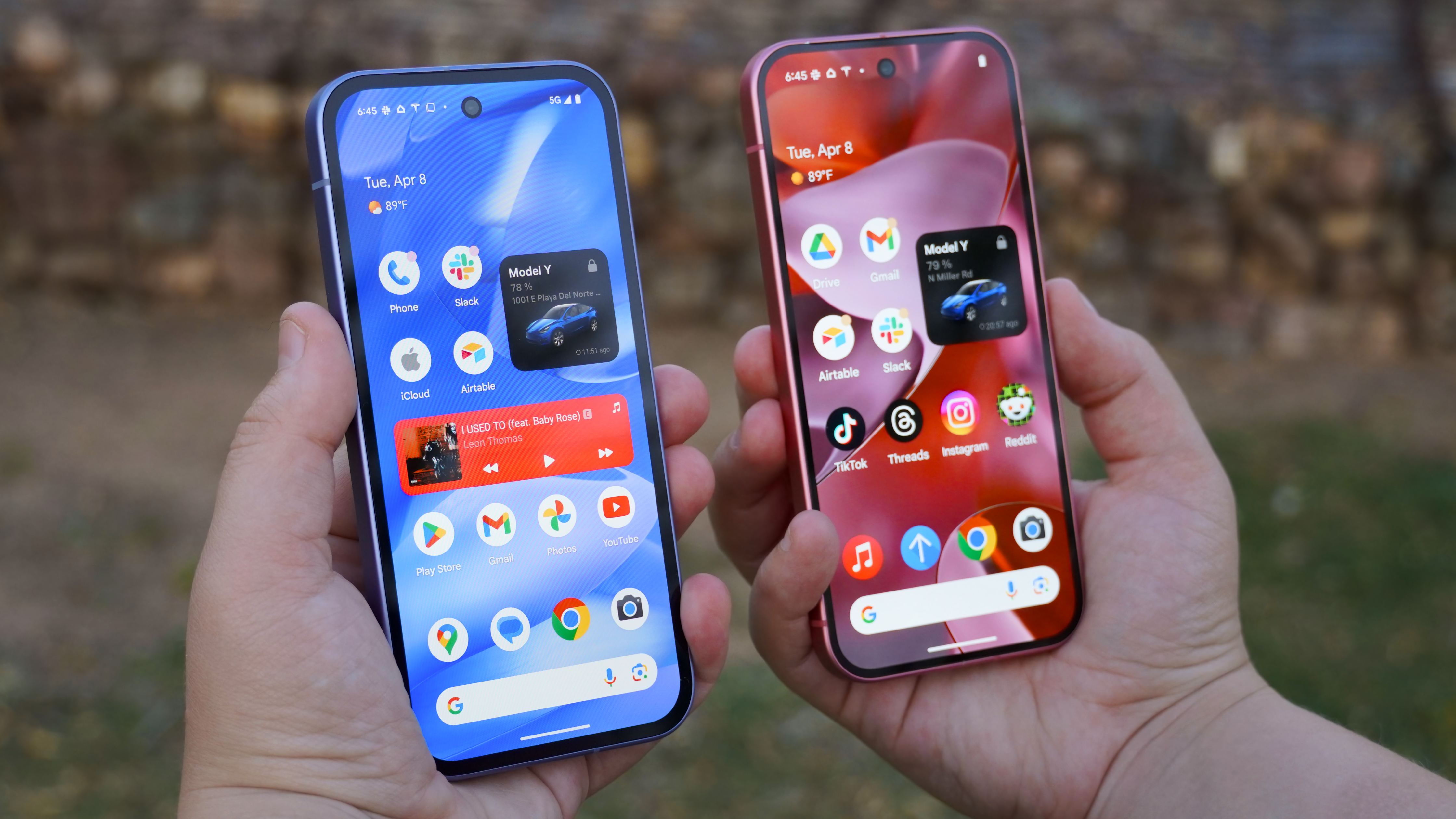
Performance will surprise you
Things start to get tricky under the hood, with the Pixel 9a and the Pixel 9 sharing the same Tensor G4 chip but with different memory configurations. The higher-priced Pixel 9 gets 12GB of RAM, while the cheaper Pixel 9a only gets 8GB. This means that while the Pixel 9 can run the Gemini Nano XS model, the Pixel 9a has the Gemini Nano XXS model instead.
In practice, the Pixel 9a lacks certain AI staples on day one, like Pixel Screenshots and Call Notes. Although the Pixel 9a gets the same seven-year OS upgrade and feature drop promise as the Pixel 9, it stands to reason that the former will get fewer features over time due to hardware limitations.
Benchmark | Google Pixel 9a (Tensor G4, 8GB RAM) | Google Pixel 9 (Tensor G4, 12GB RAM) |
|---|---|---|
Geekbench 6 (single-core) | 1,728 | 1,722 |
Geekbench 6 (multi-core) | 4,443 | 4,360 |
The really odd part of this is the Pixel 9a's benchmark scores. The Pixel 9a consistently beats the Pixel 9 in Geekbench 6 (trust me, I ran these multiple times to be sure). I can't figure out why, considering the Pixel 9 has the same chip and more available RAM, but can confirm that the Pixel 9a feels fast, smooth, and reliable during daily use. There wasn't any noticeable overheating either, despite testing in the Arizona desert.
How the cameras compare
The positives continue as the Pixel 9a reverses a worrying trend of Google phones delivering photos with inaccurate colors. I have a full review of the Pixel 9a camera system, but the short version is that the new 48MP main camera brings the midranger closer in line with flagship offerings.
It adds features like Macro Focus, all while improving computational photography and color science, as you can see in the samples below.

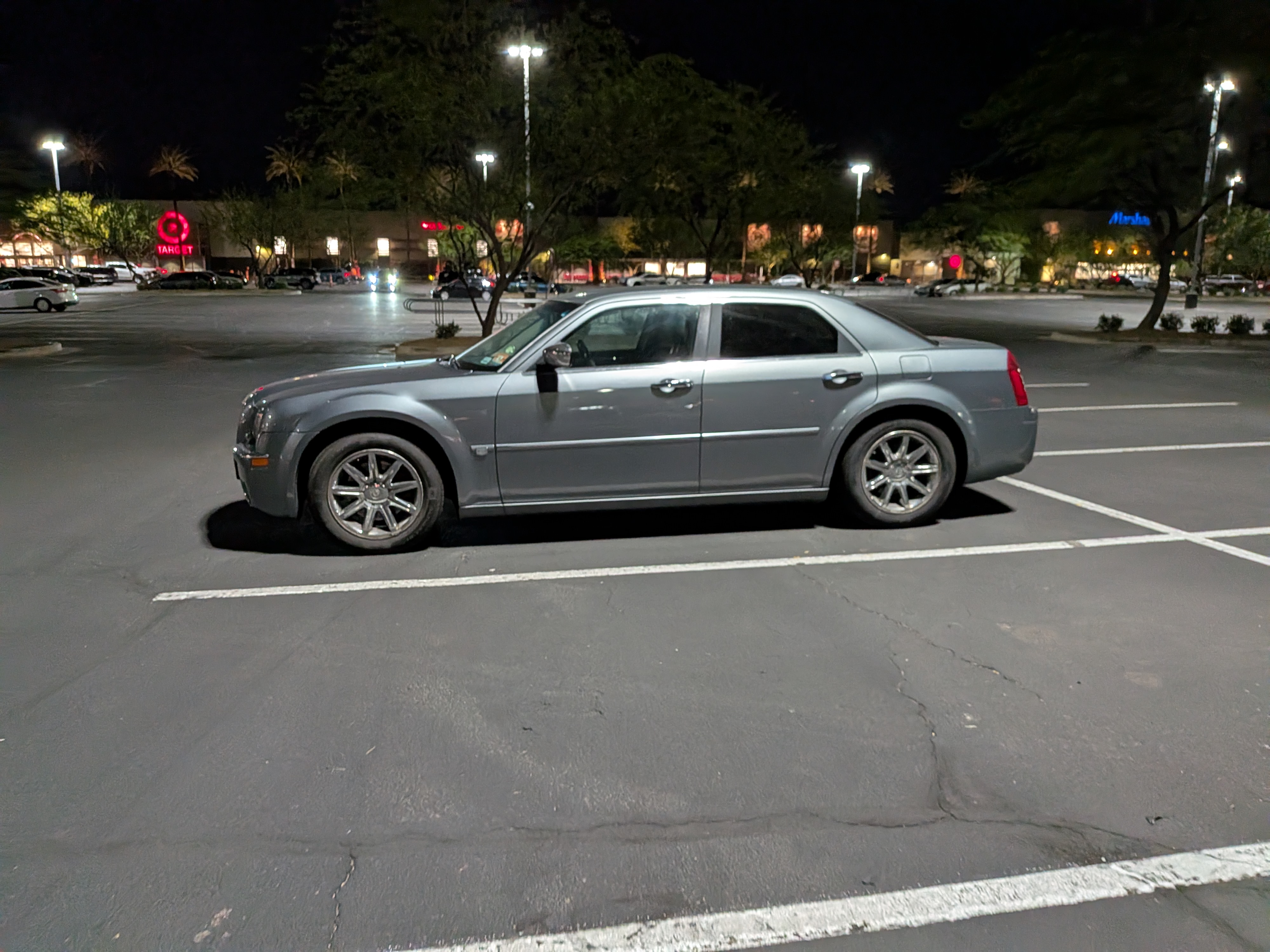

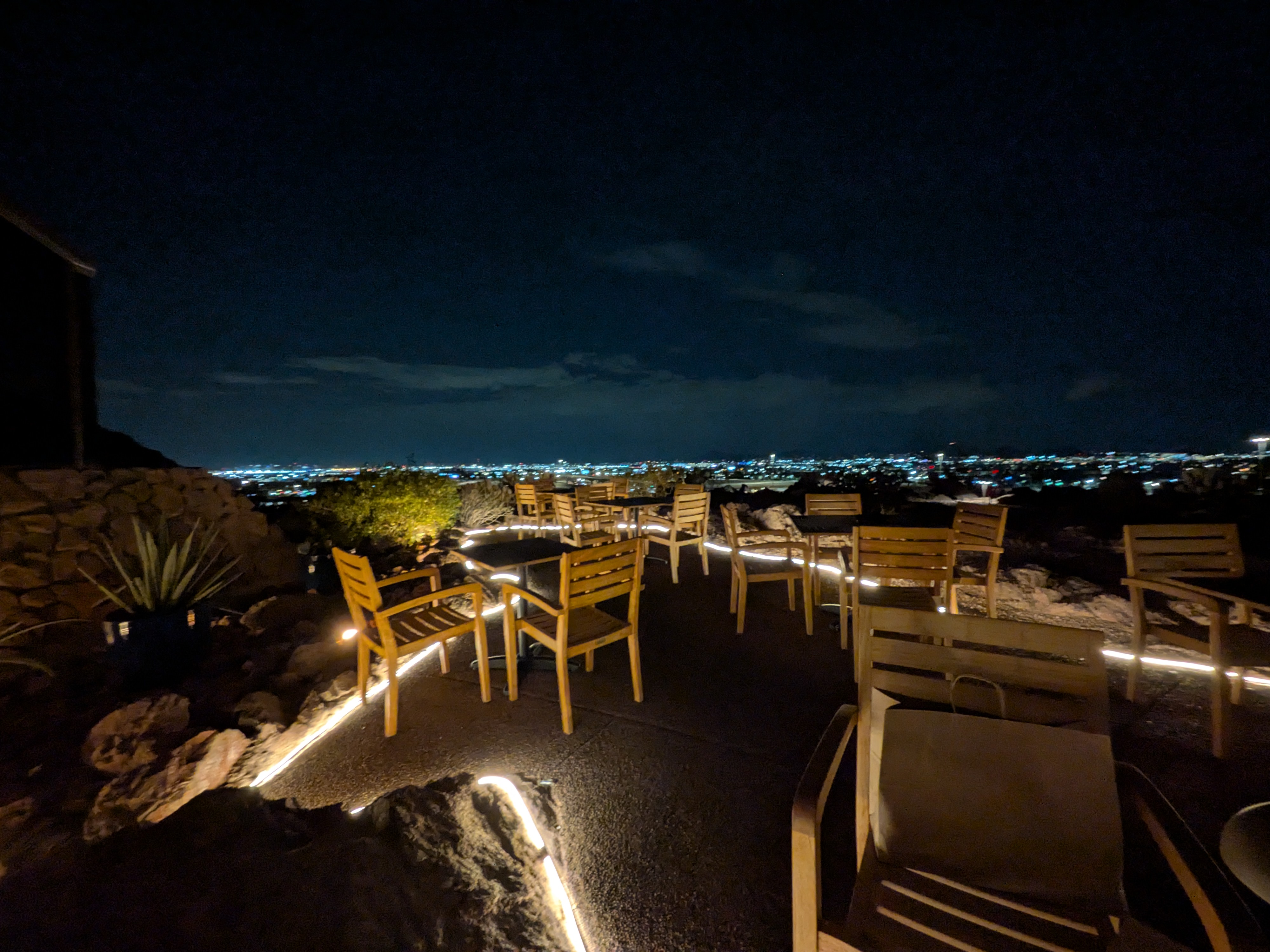
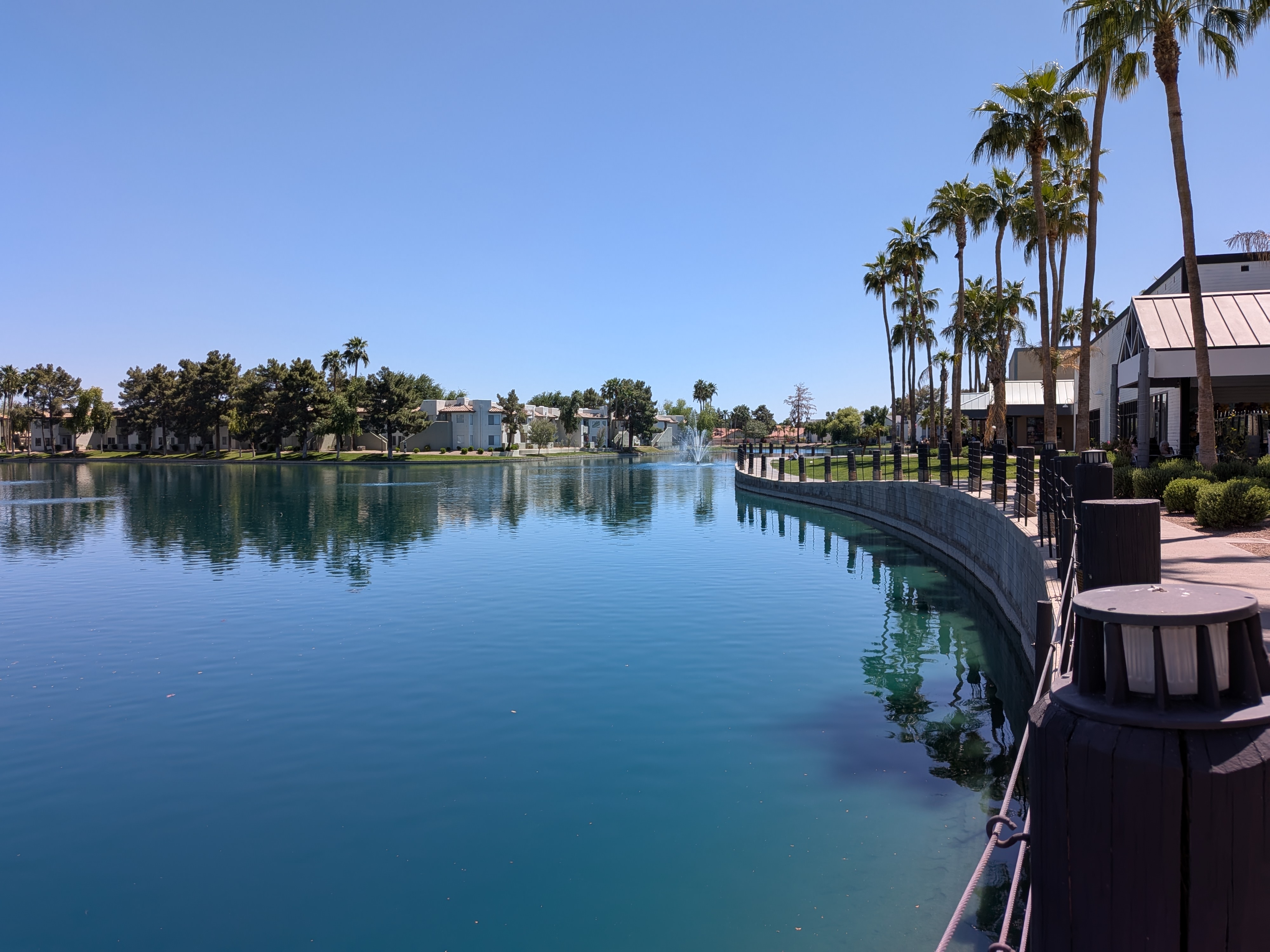
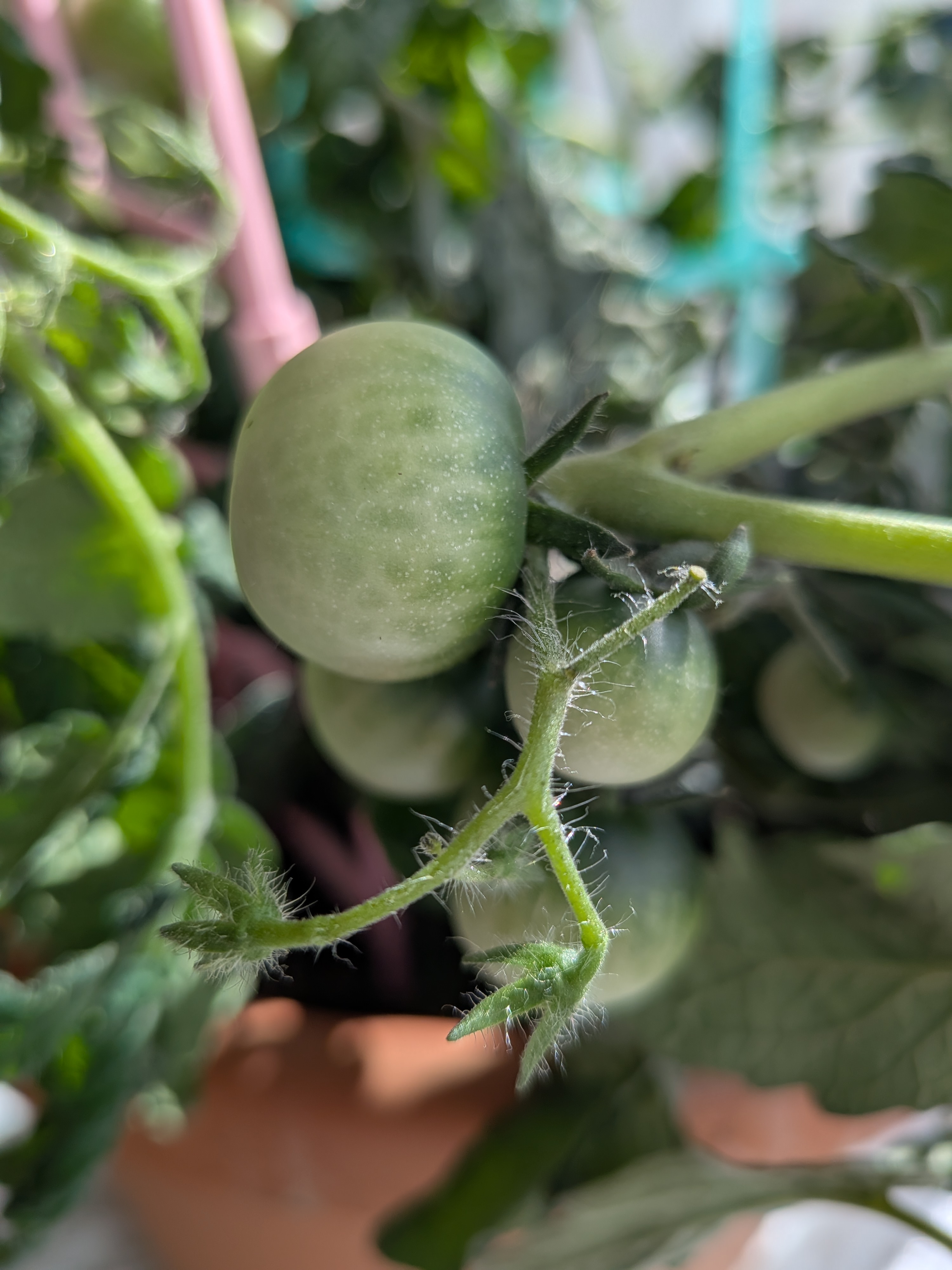
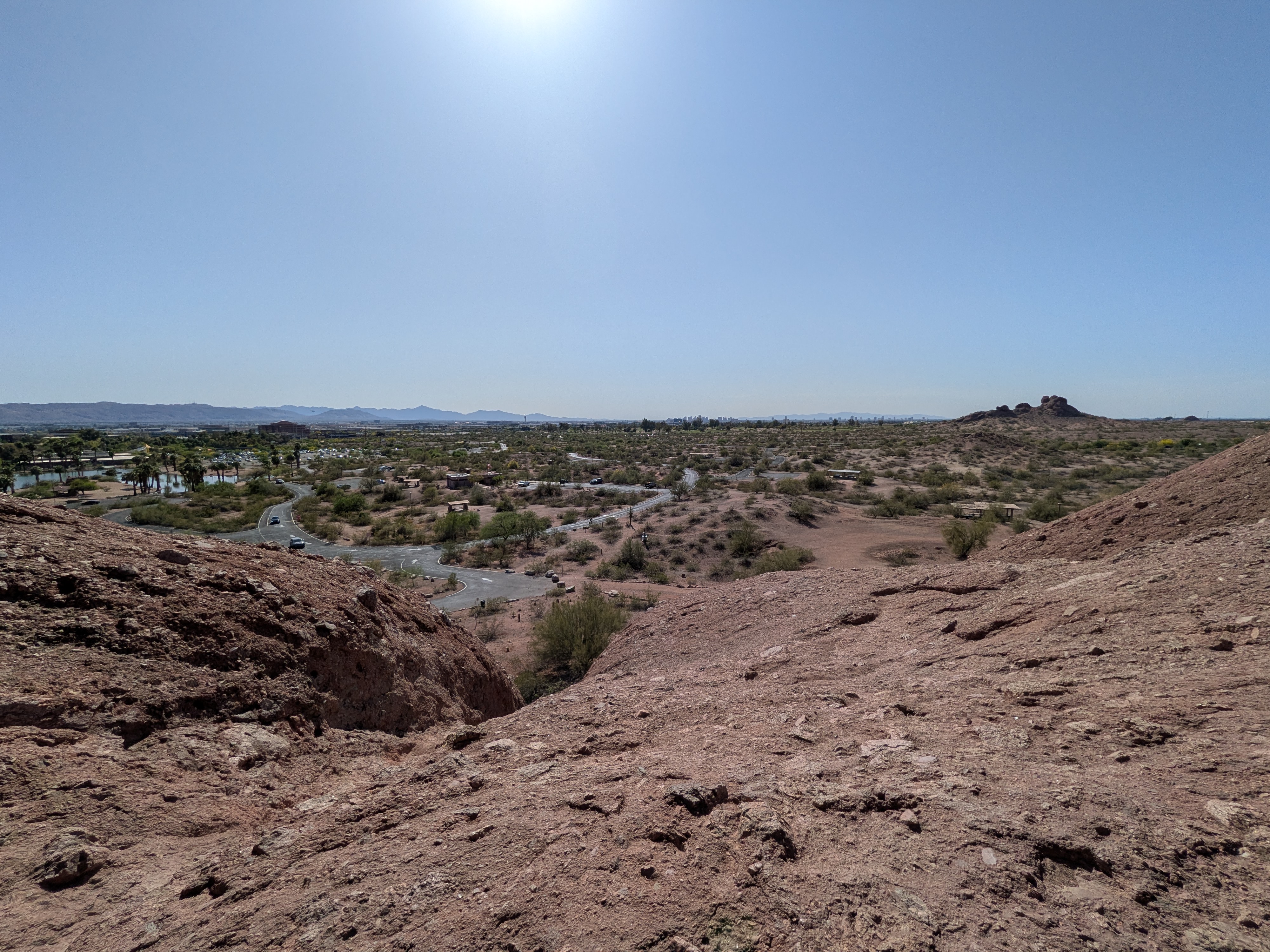
Make no mistake, the Pixel 9's 50MP main sensor is significantly larger in sensor size than the Pixel 9a's camera. It also sports a 48MP ultrawide that will produce more detailed shots than the Pixel 9a's 13MP ultrawide lens. Both cameras will perform great in daylight, but the Pixel 9 is the clear winner in nighttime photography.
The Google Pixel 9 is the best for most people
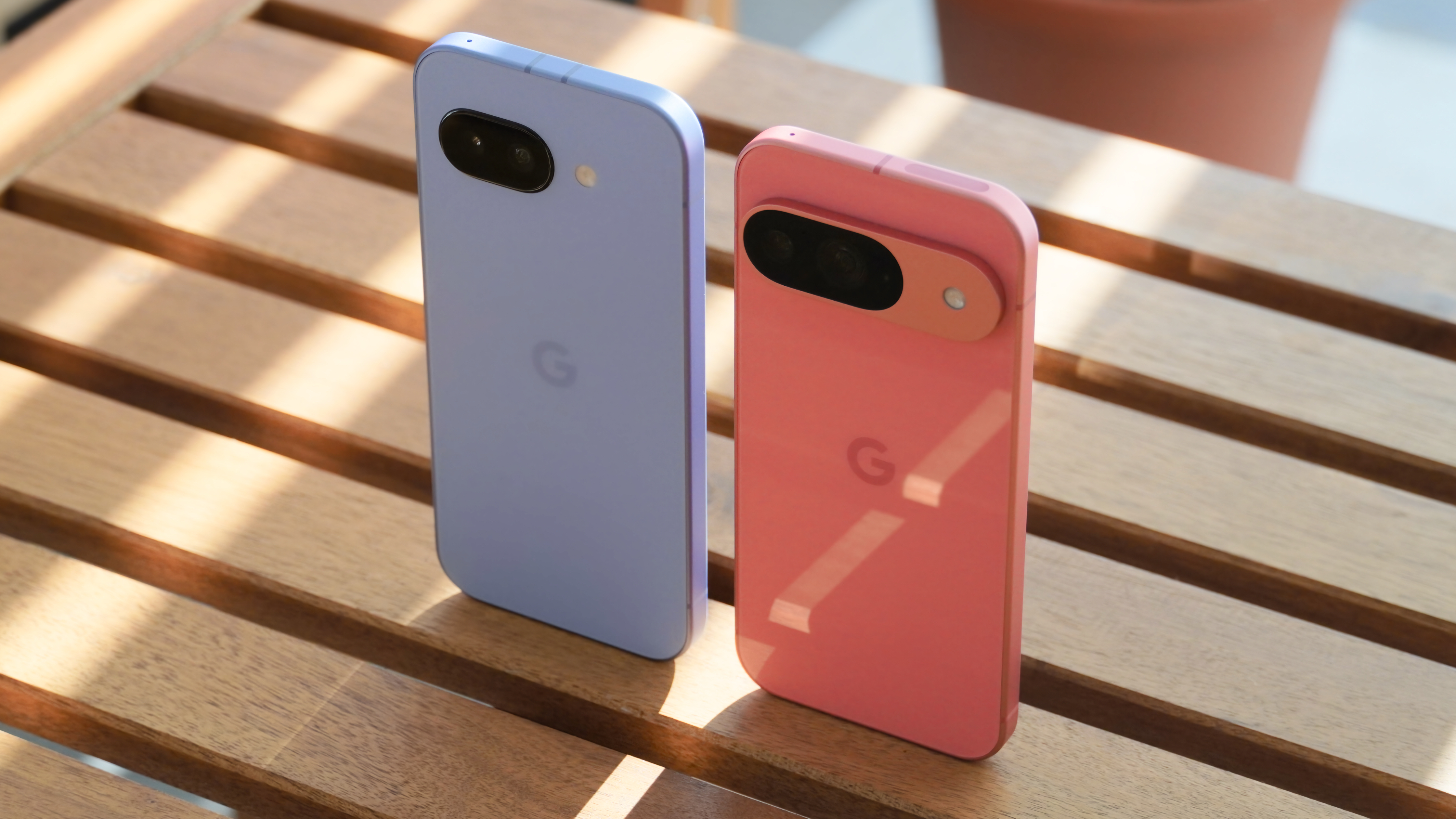
For most people, the Google Pixel 9 is objectively the better value than the cheaper Pixel 9a. When you look past the $799 retail price on paper, you'll realize that it's quite easy to find a Pixel 9 for only slightly more than the Pixel 9a. Both Amazon and Best Buy have the Pixel 9 discounted to $649 at the time of publishing, with the latter offering a $100 discount if you activate the phone at the time of purchase.
Yes, that means you could get a Pixel 9 — with more memory, a better camera, and a better screen — for just $50 more than a Pixel 9a. It's not hard to get it for even less if you're willing to take advantage of carrier contract deals (be careful of those) or trade-in promotions.
Aside from the price, I feel much more confident that the Pixel 9 will get more features and updates over its software support window than the Pixel 9a due to the extra memory. Beyond that, the slimmer bezels, glass back, camera bar, and better display are just bonuses. That's why I think the Pixel 9 is the better buy for most people unless you're specifically looking for a basic Android phone with a long battery life.
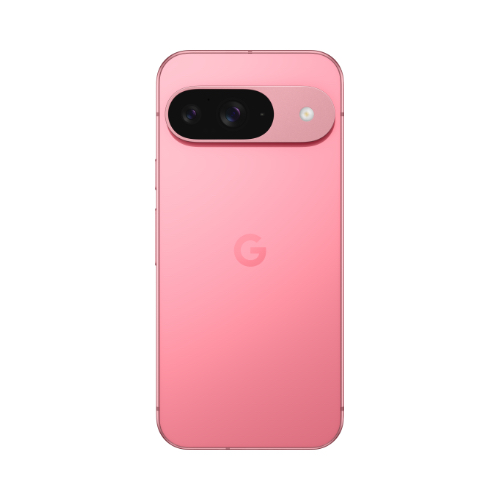
Google's latest and greatest
The Google Pixel 9 is powered by the Tensor G4 chip and packs plenty of AI smarts with the help of 12GB of memory. That means it'll run Gemini Nano XS now, and likely future updates for years to come. Plus, you get an excellent camera system and a premium design.
The Google Pixel 9a is for the no-nonsense enthusiast
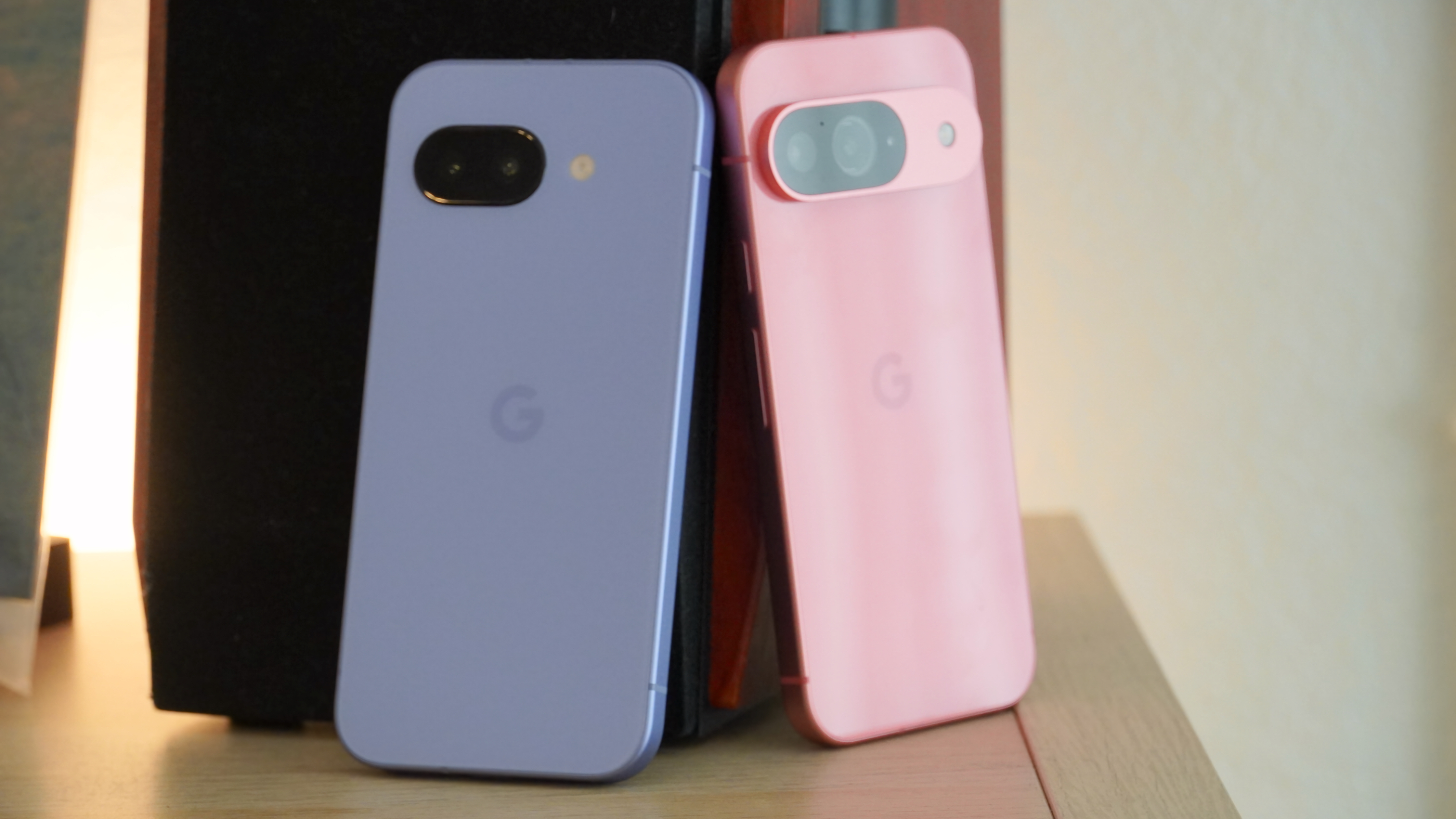
Originally, I was ready to write off the Google Pixel 9a due to its debut limitations. With just 8GB of RAM, it isn't able to run the latest Pixel-exclusive AI tools on day one, let alone future tools that may be released years down the road. However, I soon realized that this might not only be acceptable to prospective Pixel 9a buyers — it could be preferable.
The Pixel 9a is decisively for the no-nonsense kind of Android phone user. It's made for the kind of person that will gladly take a conventionally-ugly smartphone with multi-day battery life. Or, the kind of person that thinks having fewer AI features shoved on their phone is a feature, not a bug. For those people, who just want a basic and good Android phone, there might not be something better than the Pixel 9a.
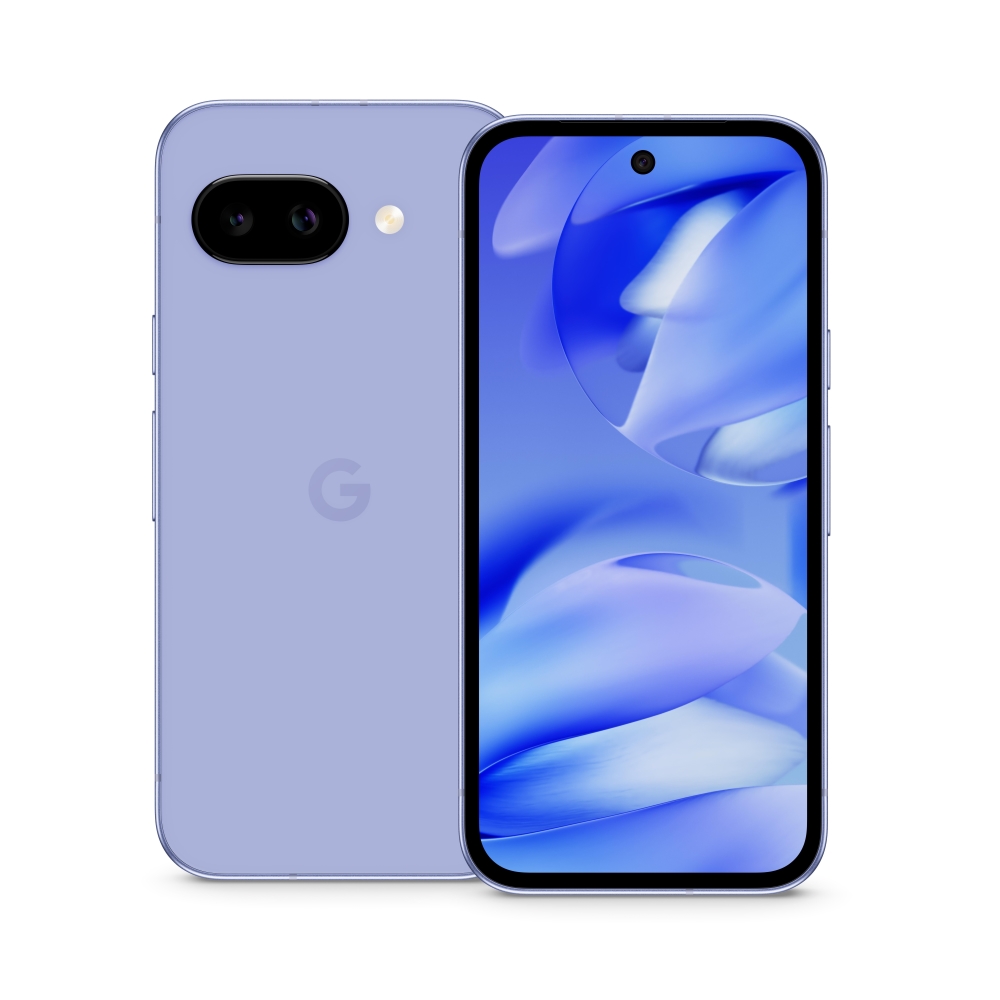
Google's 2025 midranger
The Google Pixel 9a is a pared-down version of the standard Pixel 9, with a few calling cards of its own — like the gigantic battery and nearly-flat rear. On the inside, you get the same Tensor G4 processor as the rest of the Pixel 9 series and a new 48MP camera sensor.

Brady is a tech journalist for Android Central, with a focus on news, phones, tablets, audio, wearables, and software. He has spent the last three years reporting and commenting on all things related to consumer technology for various publications. Brady graduated from St. John's University with a bachelor's degree in journalism. His work has been published in XDA, Android Police, Tech Advisor, iMore, Screen Rant, and Android Headlines. When he isn't experimenting with the latest tech, you can find Brady running or watching Big East basketball.
You must confirm your public display name before commenting
Please logout and then login again, you will then be prompted to enter your display name.
